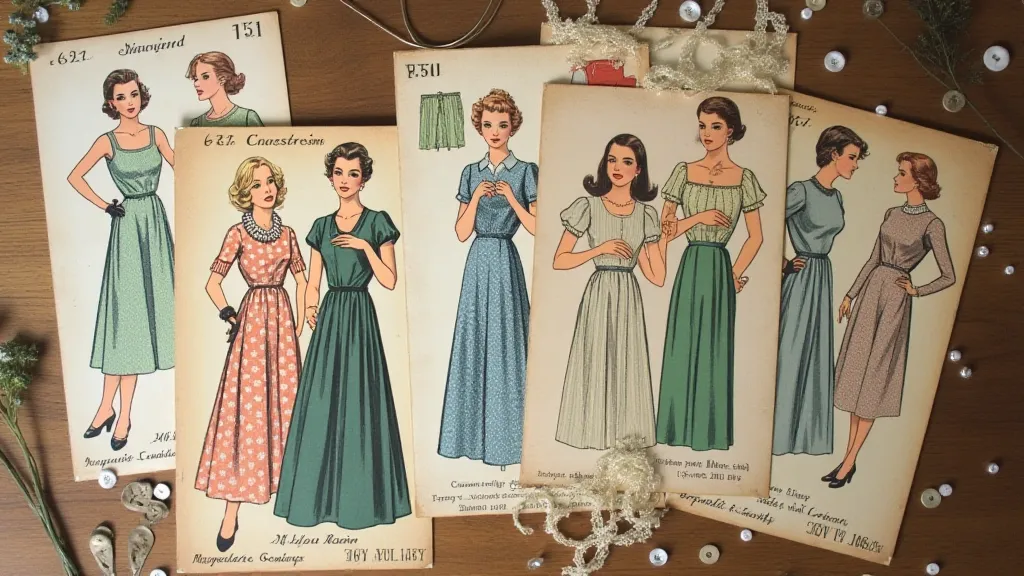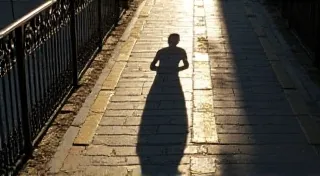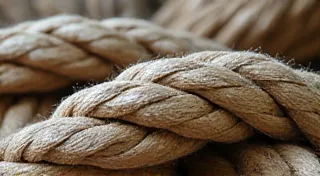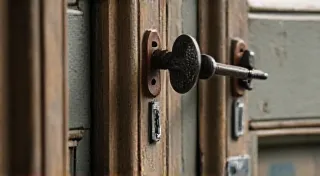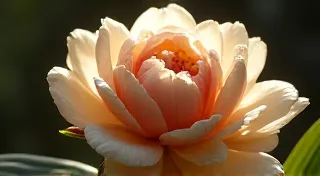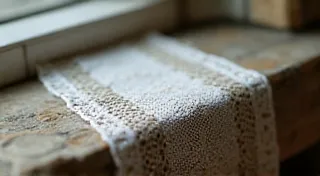The Alchemist's Hand: Transforming Humble Fabrics into Haute Couture
There's a quiet magic in holding a vintage sewing pattern. It’s not just paper and lines; it's a portal to a different era, a whisper of aspiration, and a testament to a level of craftsmanship that feels almost lost in our modern age. My own fascination began with a tattered 1940s dress pattern I found tucked away in my grandmother's attic. It was a simple rayon day dress, yet the instructions, penned in precise, cursive script, spoke of a dedication and patience that felt incredibly special. That's when I started to understand – it wasn't just about making a dress; it was about transforming something ordinary into something extraordinary.
The Evolution of Everyday Materials
Today, we have an overwhelming choice of fabrics. Silks from the Far East, organic cottons, performance blends – the options seem limitless. But imagine the limitations faced by designers and home sewers of the past. Cotton and wool were the workhorses. Linen, too, was prevalent. These were readily available, accessible, and relatively inexpensive. But to elevate them – to imbue them with the feeling of luxury and sophistication that defines so many iconic vintage designs – required something more. It required ingenuity, skill, and an almost alchemical understanding of how these materials behaved.
Consider the 1930s, a decade marked by the lingering effects of the Depression. While lavish gowns existed, the focus was often on making the most of what was available. Simplicity became a virtue, and designers mastered the art of creating stunning silhouettes from basic fabrics. Draping, clever pleating, and meticulous tailoring were key. A simple cotton voile dress could be transformed into a cascade of effortless elegance, its movement and texture the hallmarks of its beauty.
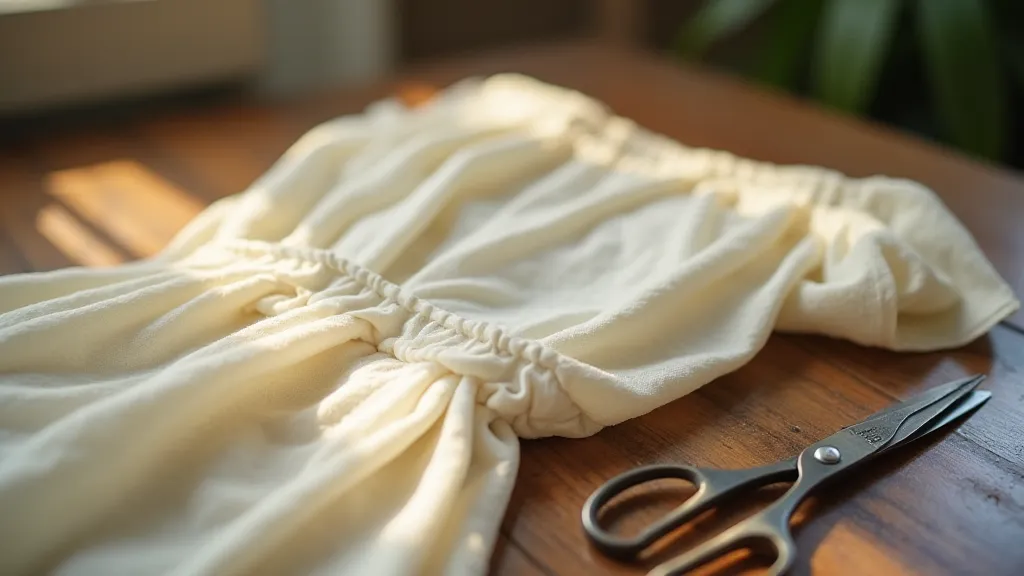
The Art of Construction: More Than Just Stitching
The construction techniques employed in vintage patterns are often surprisingly complex. Unlike the cut-and-sew methods common today, many vintage designs involved extensive hand-finishing. Bound buttonholes, hand-stitched hems, and carefully pressed seams were not merely details; they were integral to the garment’s structure and aesthetic. The sheer amount of labor involved is staggering to contemplate, especially when you realize that many of these garments were made entirely by hand, often by women contributing to the household economy.
Take a 1950s ballgown, for instance. The intricate skirts, often achieved with multiple layers of petticoats and stiffened fabrics, demanded an almost architectural approach. The meticulous attention to detail – the precisely placed darts, the expertly shaped sleeves – speaks volumes about the skill of the seamstress. And it wasn’t just about sewing; it was about understanding how fabric responded to heat and pressure, how different fibers behaved under stress, and how to manipulate them to achieve a desired effect. There was a tactile intimacy with the material that’s often lost in our age of mass production.
Preserving the Legacy: Restoration and Collecting
The pursuit of collecting vintage sewing patterns isn't just about acquiring pieces of paper; it’s about safeguarding a tangible connection to the past. Many patterns are fragile, yellowed with age, and marked with the ghosts of past projects. Restoring them – carefully cleaning, mending tears, and stabilizing the paper – is an act of preservation, a way of ensuring that these treasures can be enjoyed for generations to come. There’s a certain reverence that comes with handling something so delicate, knowing that it represents so much more than its physical form.
The challenges in restoration can be significant. Some patterns suffer from water damage or foxing, which can be difficult to remediate without damaging the original design. The paper itself is often brittle, making it prone to tearing. But even small repairs can make a world of difference, allowing the patterns to be used and appreciated once again. The same care applies to the garments made from these patterns. A vintage dress, even one made from humble cotton, can become a museum-quality piece with proper cleaning, mending, and storage.
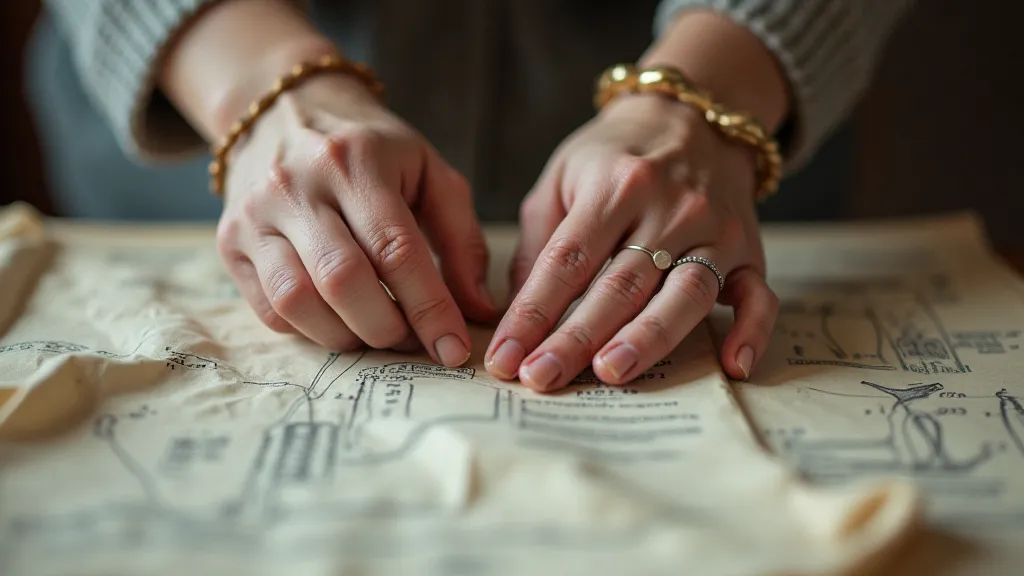
A Timeless Appeal: The Continuing Influence
The influence of vintage fashion continues to resonate in contemporary design. Designers regularly draw inspiration from the silhouettes, fabrics, and embellishments of past eras. The resurgence of interest in vintage sewing patterns is a testament to the enduring appeal of these classic styles. More than just nostalgia, there’s a deeper appreciation for the quality, craftsmanship, and timeless elegance that define these designs.
When I hold that tattered 1940s rayon dress pattern, I don't just see lines on paper. I see the hands that drafted them, the seamstress who carefully cut and sewed the fabric, and the woman who wore the finished dress, perhaps for a special occasion, a date, or simply a day of everyday life. It's a connection to a past that feels both distant and remarkably close. The alchemy lies not just in transforming humble fabrics into beautiful garments, but in transforming those garments into portals to a time when skill, patience, and a deep appreciation for artistry reigned supreme. The enduring allure of vintage sewing patterns speaks to this powerful and timeless connection.
